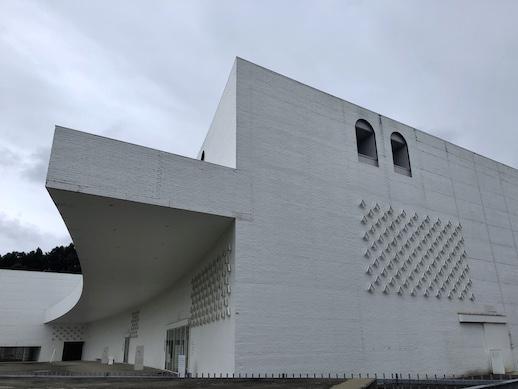Aomori Art and Archeology www.tokyoartbeat.com

Aomori’s artistry thrived all the way back in the Jomon period (13,000–300 BC). This era was named for the cord markings on its pottery, a decorative practice that would develop into intricate variations over millennia. There are some 3,000 archeological sites in Aomori Prefecture today, and 60% of them are Jomon. These ruins of ancient civilization are currently being considered for UNESCO World Heritage status. The Sannai Maruyama Special Historical Site and the Komakino Site, both in Aomori City, and the Korekawa Archeological Institution in Hachinohe, are excellent spots to see Jomon art and artifacts right where they were discovered. At the first two sites it is possible to walk the actual excavation grounds.
For contemporary art, head to the Aomori Museum of Art (next to the Sannai Maruyama Site), the recently opened Hirosaki Museum of Contemporary Art, or the Towada Art Center. Hirosaki City Dashi Display Museum and Neputa Village in Hirosaki exhibit folk art in the form of community-made festival floats. Aomori offers immersion in art from all eras.